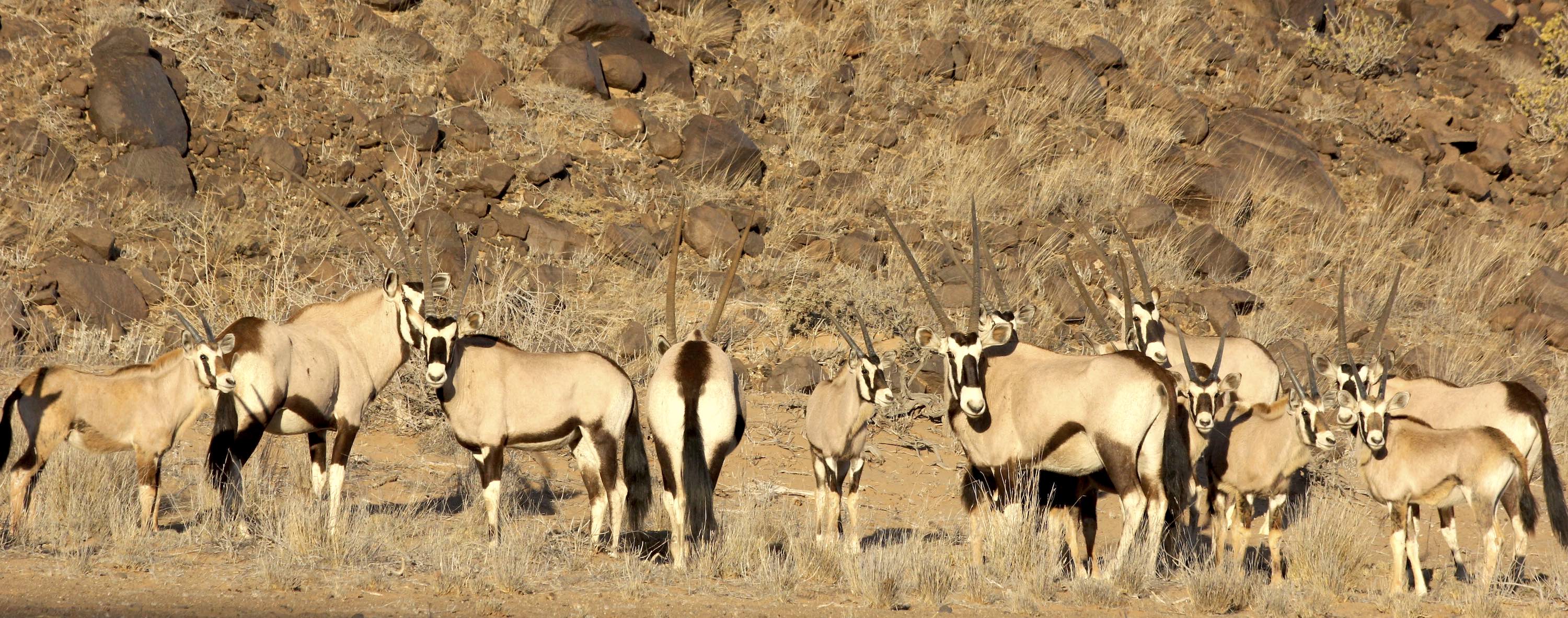

Climate Change in Namibia Part 4: Local Actions
9th November 2021
While global leaders debate what their countries may or may not commit to doing regarding climate change by the end of the 26th Conference of the Parties on Climate Change, the real impact of climate change will be felt at the local level. Although individual farmers may not be able to do anything about global carbon emissions, they can take steps to prepare for the change. These steps involve increasing resilience to shocks like drought and temperature increases, and using the land in ways that will minimise the impacts of these shocks. A few of these options are explored here – this is by no means a comprehensive list.
Sustainably harvesting bush in parts of the country where bush encroachment (or thickening) has reduced farmland productivity is one option that Namibian farmers are already exploring. If debushing is done in a way that restores rangelands to a mixed savannah, it can increase the resilience of agricultural land to future climate changes by improving the state of the ecosystem. The bush biomass produced could be used to produce charcoal (the most common use today), livestock feed, or even for energy power plants. One possibility that is being considered is to link a power plant in Hamburg, Germany with Namibian bush biomass production. Another option is for Namibia to build its own biomass power plant to reduce its reliance on coal-powered electricity from South Africa.
Besides providing a means of local adaptation to climate change, debushing may further reduce Namibia's carbon emissions depending on how it is done. Although bush species sequester (absorb) carbon, well-managed savannah and grassland ecosystems store more carbon in the soil than the soil under bush thickets. Charcoal burning produces fewer emissions when retort kilns are used instead of steel drums. Since bush grows back, burning it to produce fuel is carbon neutral – emissions released during burning will be absorbed by the next crop of growing bush. However, if large areas are clearcut and not replanted, then the activity will increase carbon emissions. Clearing large areas at once is also not recommended for restoring farm ecosystems in the long term.
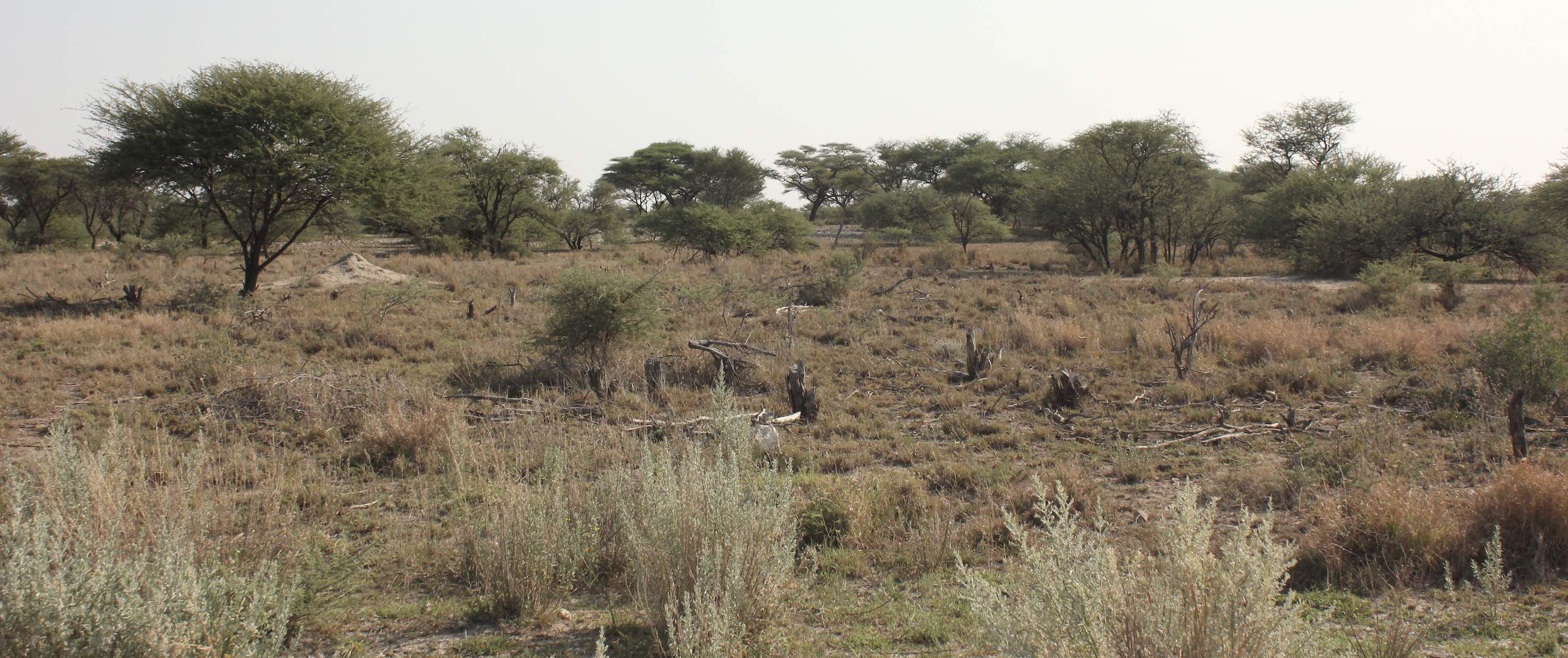
Developing an agroforestry industry around encroaching bush species in central Namibia is therefore one way to adapt to climate change. Similarly, succulent plants are promising dryland crops that can be cultivated and used for similar purposes to bush biomass. Selling these products thus diversifies farm income and reduces reliance on livestock farming, which is susceptible to drought conditions.
Another way to reduce reliance on livestock is to switch to wildlife-based land uses. Wild animals that naturally occur in Namibia are better adapted to the climate than domesticated livestock, especially breeds from European climates. Unlike cattle, wild herbivores are not predominantly grazers and therefore use more of the vegetation on the farm than cattle. They are also less reliant on permanent water and more resistant to parasites. Finally, there is a wider range of products from wildlife than livestock, which include hunting and photographic tourism. These tourism industries are less reliant on farm production than meat production, which increases resilience to drought (although not to pandemics!). Resilience in this system is further increased on larger tracts of land, thus allowing some seasonal migration of wildlife.
Climate projections for Namibia reveal that less land will be suitable for cattle farming than is currently the case, yet these areas are likely to remain suitable for wildlife ranching. There are nonetheless national and international barriers to the further development of Namibia's wildlife economy. Nationally, there are limits on the ownership of buffalo due to the risk of disease transmission to cattle. Internationally, there is increasing pressure on the hunting industry and ever-tighter restrictions on legal wildlife trade. It is therefore critical to promote a greater understanding of how a stronger wildlife economy that includes more species and markets for wildlife products will contribute to climate change adaptation in Namibia, protect biodiversity and promote economic development.
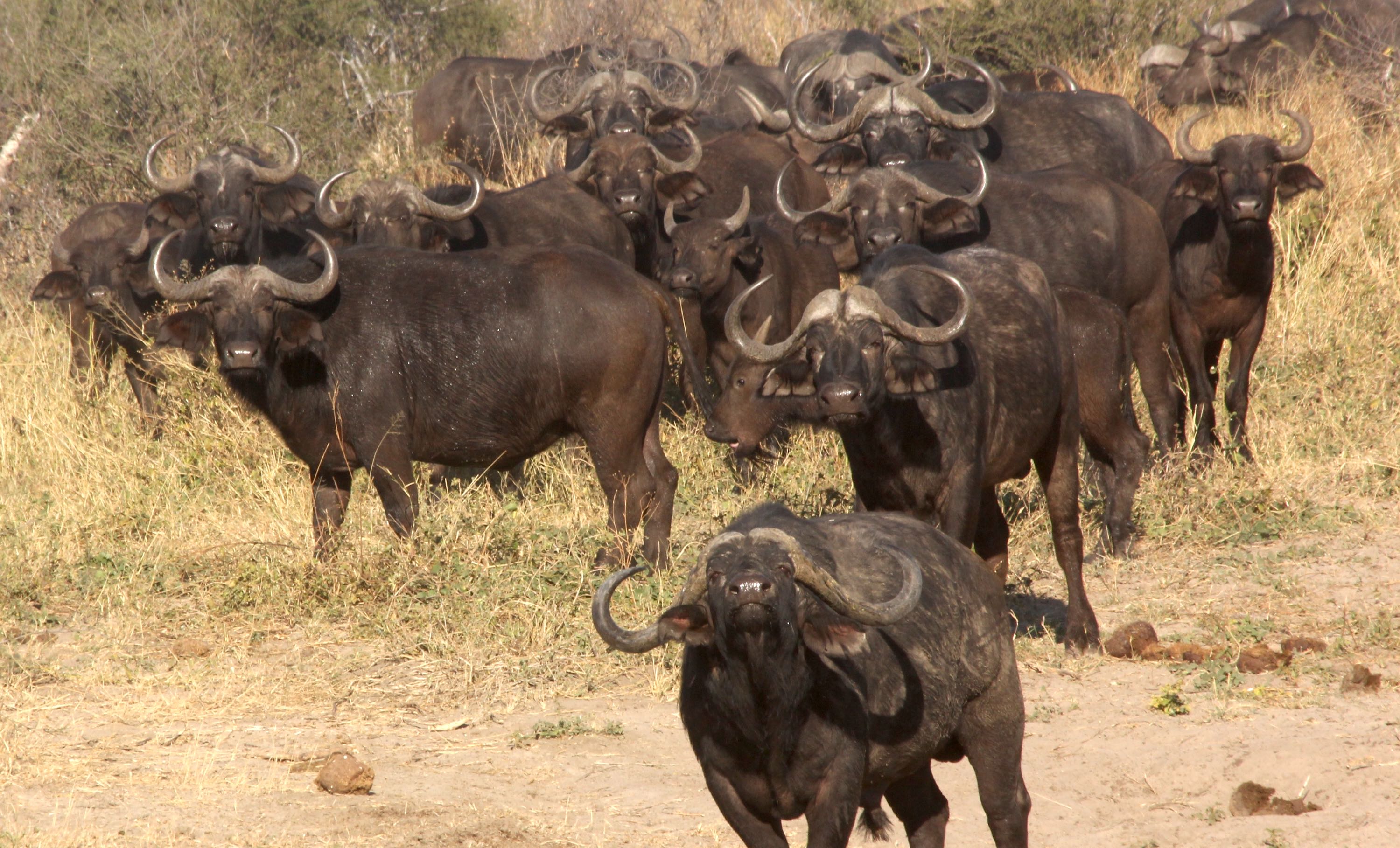
In Part 3 of this series, we indicated that the northern and north-eastern parts of Namibia are the most vulnerable to the impacts of climate change. The Kavango (east and west) and Zambezi Regions are likely to be among the worst affected in the country. One of the reasons for this is that current livelihoods depend on seasonal crops, which are likely to fail more regularly in future with lower annual rainfall and more frequent droughts. People living in these parts of Namibia therefore need to adapt their current farming methods or find and develop new livelihoods that are less vulnerable to climate change.
Conservation agriculture is a term used to describe a suite of farming methods that improve soil fertility and increase crop yields, thus reducing the need for field expansion each season and strengthening food security. These practices include minimum tillage, fertilising the land with manure, maintaining organic soil cover after harvest, using drip irrigation, diversifying the type of crops grown (including drought-resistant crops and nitrogen-fixing crops that enhance soil productivity) and improving the quality of seed planted. Conservation agriculture is also a vital component of protecting woodlands from slash-and-burn agricultural practices, as woodlands store carbon, help moderate climate and provide a host of ecosystem services to local communities and the planet.
Promoting the sustainable harvest of non-timber forest products and adopting a cautionary approach to wood harvesting in these regions will further diversify livelihoods and thus boost resilience to climate change. Harvesting slow-growing hardwoods must be done within the framework of Community Forests that are tasked with taking regular inventories of key woodland species and monitoring harvest activities. Non-timber products like devil's claw and honey have markets further afield and therefore have the potential to generate substantial income, while mushrooms, wild fruits and mopane worms may be consumed and/or sold locally.

Climate adaptation in rural areas is ultimately about diversification and focusing on using natural resources that are more likely to survive (or even thrive) under increasingly arid conditions and higher temperatures. Namibia is urbanising rapidly, which presents its own opportunities and challenges, but a significant proportion of the population will remain rural over the next half-century and thus rely on natural resources for their livelihoods. Developing drought-resistant agricultural products and linking these to markets is therefore imperative if farming communities are to survive during this time.
To adapt to climate change, Namibia needs innovation and entrepreneurship, from local to national levels. We need to generate new, locally appropriate ideas, test new options, fine-tune promising concepts, and implement and share them. To be effective in the face of climate change we need to think differently, innovate, diversify and adapt at all levels. This is not government's job – this is the task of all freethinking Namibians in every walk of life. Government's task is to create a supportive environment that promotes and encourages innovation and entrepreneurship among all Namibians.
This post is the final part of a four part series of articles dealing with climate change in Namibia. Please click on the links below to view the others.
1: Defining the Terms 2: Current and Projected Changes 3: National ActionsFor articles on similar topics, please click one of the following options:
If you enjoyed this page, then you might also like:


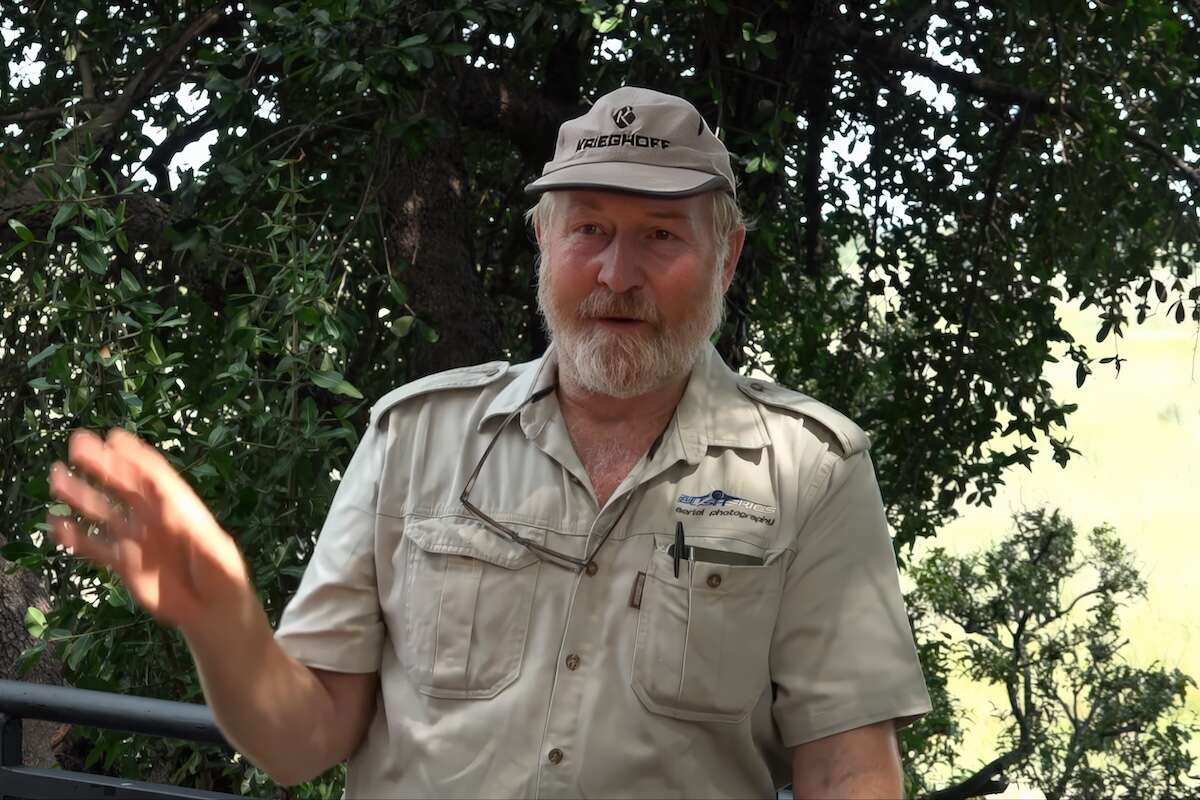
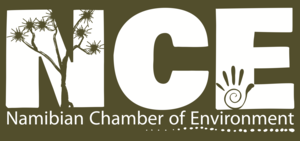
The Namibian Chamber of Environment (NCE) is an umbrella Association that provides a forum and mouthpiece for the broader environment sector, that can lobby with government and other parties, that can raise funds for its members and that can represent the sector.
www.n-c-e.orgThe Namibian Chamber of Environment (NCE) is an umbrella Association that provides a forum and mouthpiece for the broader environment sector, that can lobby with government and other parties, that can raise funds for its members and that can represent the sector.
www.n-c-e.org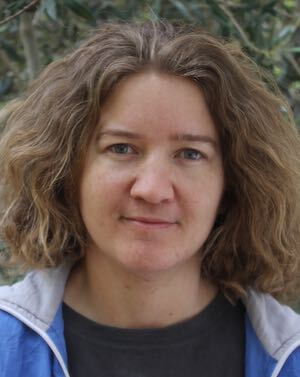
Gail C. Thomson is a carnivore conservationist who has worked in South Africa, Namibia and Botswana on human-carnivore conflict, community conservation and wildlife monitoring. She is interested in promoting clear public communication of science and conservation efforts in southern Africa.
Gail C. Thomson is a carnivore conservationist who has worked in South Africa, Namibia and Botswana on human-carnivore conflict, community conservation and wildlife monitoring. She is interested in promoting clear public communication of science and conservation efforts in southern Africa.
We use cookies to monitor site usage and to help improve it. See our Privacy Policy for details. By continuing to use the site, you acknowledge acceptance of our policy.